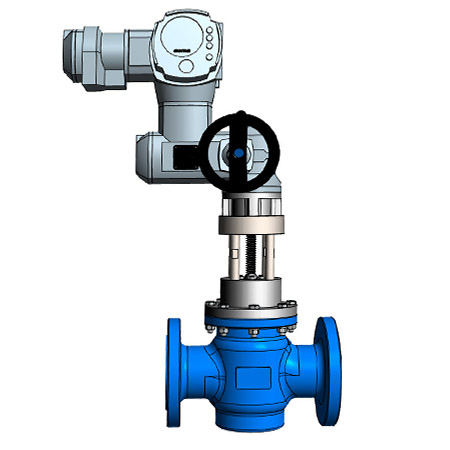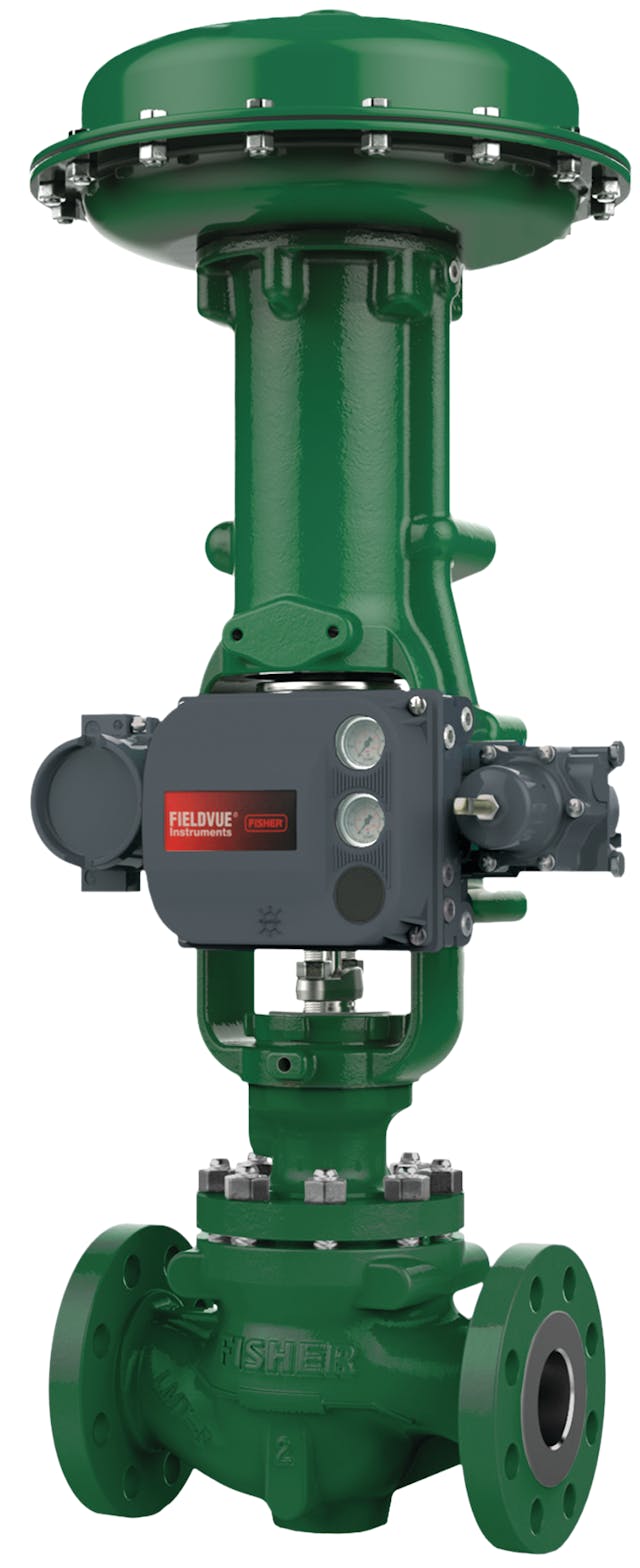Optimizing System Control with High-Performance Control Valves
Optimizing System Control with High-Performance Control Valves
Blog Article

Maximize Energy Financial Savings and Comfort With Advanced Building Automation Controls
In the realm of modern architecture and center management, the integration of sophisticated structure automation manages stands as a crucial innovation. By utilizing the power of automation, buildings can adapt, respond, and evolve in methods that were once unbelievable.
Power Performance Conveniences
Energy efficiency benefits can dramatically reduce power usage and functional expenses in structures. By implementing energy-efficient techniques and technologies, structure owners and operators can attain significant savings while additionally contributing to environmental sustainability. One of the main advantages of boosting power efficiency in buildings is the decrease of utility bills. Energy-efficient systems, such as innovative structure automation controls, can optimize using resources like cooling, lighting, and heating, bring about reduced power costs gradually.
Furthermore, improved energy performance can extend the life-span of building devices and systems. By operating much more efficiently, a/c systems, lighting components, and other building parts experience much less deterioration, causing lowered upkeep and replacement prices. In addition, energy-efficient structures often regulate greater residential or commercial property values and rental rates, giving long-term monetary advantages to owners.
In addition, power performance can enhance resident comfort and performance. Effectively controlled interior environments with optimal illumination and thermal conditions create a more pleasurable and favorable office, causing enhanced employee complete satisfaction and efficiency. Overall, the power performance advantages related to advanced building automation controls are multifaceted, incorporating price savings, ecological stewardship, and passenger wellness.
Boosted Convenience Control
Enhancing convenience control in building settings needs an innovative assimilation of advanced automation systems for optimum resident well-being. By using sophisticated structure automation controls, centers can customize the indoor setting to meet the particular requirements and preferences of passengers. These systems enable exact law of temperature, lights, and air flow, creating a comfy and effective atmosphere. Passenger contentment and efficiency are closely linked to thermal comfort, making it vital to have systems in position that can adjust to altering conditions in real-time.
Improved convenience control surpasses standard temperature adjustments. It consists of features such as tailored settings, occupancy sensors, and all-natural light use to develop a dynamic and receptive environment. By incorporating these innovative controls, structures can not just improve comfort however additionally improve power effectiveness by optimizing system procedures based upon actual occupancy and use patterns. Eventually, focusing on occupant comfort with advanced automation systems results in a much more satisfying and much healthier interior atmosphere.
Functional Performance Improvements

In addition, the execution of real-time surveillance and analytics tools enables building operators to identify power ineffectiveness and operational anomalies quickly. By constantly keeping track of energy usage patterns and system performance metrics, modifications can be made in real-time to optimize power consumption and make sure peak functional performance. control valves. In addition, integrating demand response techniques right into building automation controls can additionally enhance functional efficiency by dynamically changing power usage based on grid conditions and prices signals
Indoor Environment Optimization
Efficient indoor climate optimization is a basic aspect of building automation controls, page making certain residents' comfort and health while maximizing energy savings. By making use of advanced sensors and controls, constructing automation systems can constantly check and change temperature, moisture degrees, air high quality, and ventilation to create an ideal interior atmosphere. Keeping comfortable and consistent problems not only boosts resident fulfillment yet likewise increases efficiency and total health.
Indoor climate optimization additionally plays an essential function in energy efficiency. By fine-tuning heating, air flow, and air conditioning systems based upon real-time information and tenancy patterns, building automation controls can dramatically lower energy consumption - control valves. For circumstances, executing techniques such as demand-controlled air flow and thermal zoning can assist decrease power waste while guaranteeing that each location of the building receives the necessary conditioning.

Sustainable Environment Development
Structure automation regulates not only enhance interior climate conditions for energy efficiency and owner convenience but also lay the foundation for producing a imp source sustainable setting through calculated monitoring of systems and resources. By integrating advanced structure automation modern technologies, such as sensors, actuators, and smart software application, centers can change and keep track of energy usage in real-time to lessen waste and decrease their carbon impact. These systems make it possible for anticipating maintenance, recognizing prospective concerns before they escalate and enhancing equipment performance to improve long life and performance.
In addition, sustainable setting creation prolongs past energy monitoring to include water conservation, waste reduction, and indoor air high quality improvement. Building automation controls can manage water use, spot leaks, and guarantee correct waste disposal techniques, contributing to general sustainability initiatives. Furthermore, by managing and monitoring air flow and filtering systems, these technologies boost occupant health and performance while decreasing power usage associated with heating and cooling procedures.
Conclusion
In verdict, progressed building automation controls offer significant advantages in regards to power financial savings, convenience control, operational effectiveness, indoor climate optimization, and creating a lasting atmosphere. By implementing these controls, structures can achieve optimal efficiency while minimizing energy intake and enhancing passenger comfort. It appears that using advanced automation innovation is crucial in improving structure performance and producing a much more lasting future.
Power efficiency benefits can considerably minimize power intake and operational expenses in buildings. Generally, the see this here power performance advantages connected with advanced structure automation controls are complex, including expense savings, ecological stewardship, and passenger wellness.
Additionally, integrating need action strategies into building automation controls can additionally improve functional efficiency by dynamically changing energy use based on grid conditions and prices signals.
Building automation controls not just maximize indoor climate problems for energy effectiveness and occupant comfort but likewise lay the structure for producing a lasting environment via critical monitoring of systems and resources.In verdict, advanced structure automation regulates offer considerable advantages in terms of energy financial savings, comfort control, operational performance, indoor environment optimization, and creating a sustainable atmosphere.
Report this page